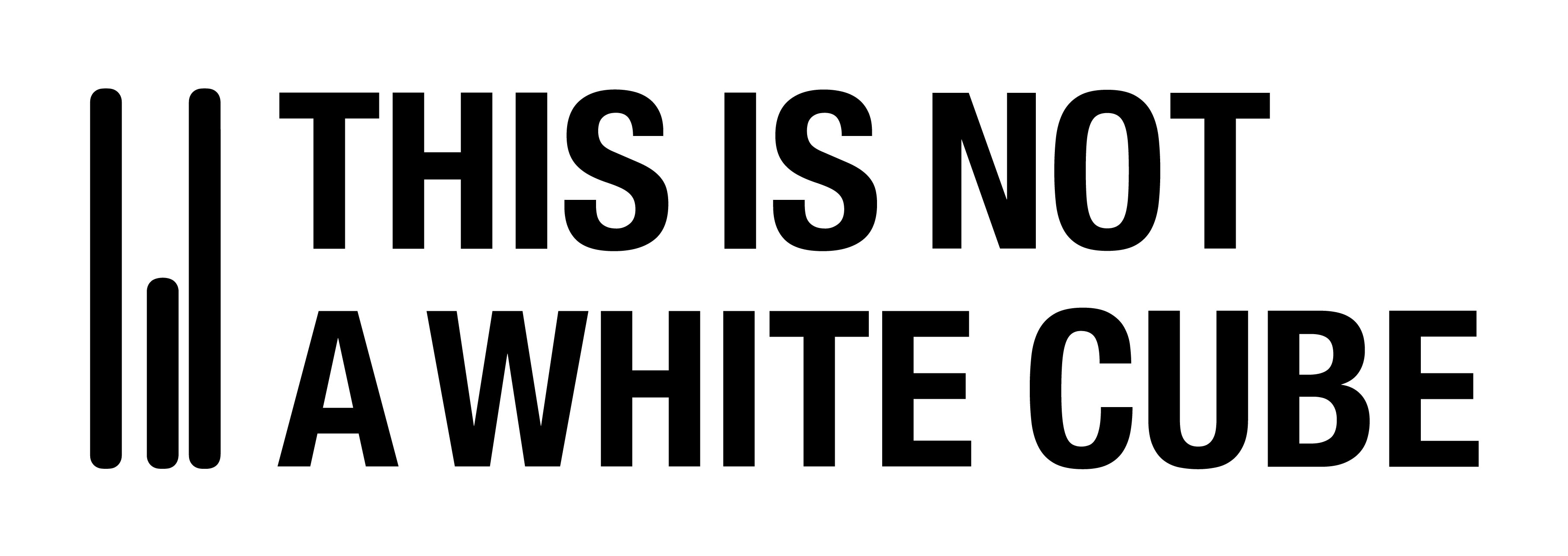DRAWING ROOM LISBOA: Ana Malta, António Faria & Cássio Markowski
Upcoming event
Présentation
Sociedade Nacional de Belas Artes, Rua Barata Salgueiro, 36 1250-044 Lisbon
N3
23 & 24 - 2 pm to 9 pm / 25 - 11 am to 9 pm / 26 - 11 am to 6 pm
https://drawingroom.pt/en/
Impermanentia
For Drawing Room 2025, THIS IS NOT A WHITE CUBE presents Impermanentia, a curated selection of works by three contemporary artists— ANA MALTA, ANTÓNIO FARIA, and CÁSSIO MARKOWSKI—who, through their distinctive drawing practices, engage with the transient nature of memory, identity, and existence. This project brings together three artistic universes that, while differing in approach, share a subtle exploration of the notions of transformation, fragility, and the passage of time.
ANA MALTA's artistic practice is deeply rooted in the exploration of the intimate relationships between the body, memory, and domestic spaces through her expressive pastel drawings. Her drawings, often characterized by spontaneous and almost childlike figuration, are imbued with vibrant colors and layered textures, allowing the body to emerge as a living archive of stories and emotions. By navigating the thresholds of the personal and the universal, Ana Malta's practice transforms the body into a matrix of memories, elevating everyday experiences into symbols of identity, belonging, and the delicate balance between past and present.
Her drawings, created through expressive gestures and the layering of forms, not only give shape to the ephemeral but also reflect the tension between permanence and transience. Through the incorporation of Portuguese idiomatic expressions and their reinvention through neologism, Ana Malta creates a visual dialogue that intertwines language with memory, experience, and visual representation, inviting the viewer to engage in an emotional and sensory experience. In Impermanentia, her works materialize a continuous process of transformation, capturing the fragility of memory and identity through the mutable nature of her visual language.
ANTÓNIO FARIA's work confronts the fragility of nature and human mortality through a poetic interplay of drawing and installation. His large-scale, monochromatic compositions evoke the decay of nature and the passage of time, capturing fleeting moments that convey both presence and absence. Faria's practice transcends representation, offering a visceral experience of the emotional landscape shaped by the erosion of life and the inevitable dissolution of all things. For Impermanentia, Faria presents a new body of work that further deepens his exploration of memory, decay, and the ephemeral beauty of existence. Through repetition and careful attention to texture, his practice creates surfaces that transcend the momentary, becoming monuments to the impermanence of life.
CÁSSIO MARKOWSKI's work, particularly his recent series Folds of Time and Memory, presents a complex narrative that intertwines personal memory, cultural history, and ancestral identity. Markowski's extensive references to Afro-Brazilian traditions and syncretic iconography create a visual dialogue between historical realities, collective trauma, and autobiographical experience. Informed by a Yoruba worldview, which understands time as cyclical rather than linear, the Folds of Time and Memory series explores creation, destruction, and renewal. His drawings on canvas reflect the impermanence of cultural memory, as past and present fold into one another, revealing the continuous transformation of identity and history. Markowski's works, rich in references to historical archives and family histories, offer a space where the past reasserts itself in the present, revealing the fluidity of cultural evolution.
Together, the works of Ana Malta, António Faria, and Cássio Markowski converge in a shared exploration of the transient nature of memory, identity, and history. Through their distinct approaches, each artist captures moments of transformation, inviting the viewer to contemplate the fleeting, yet profound, nature of existence. Impermanentia evokes a space where the ephemeral beauty of life and the continuous reshaping of individual and collective memory are revealed—not as separate moments, but as part of an ongoing dialogue that transcends time and form.




